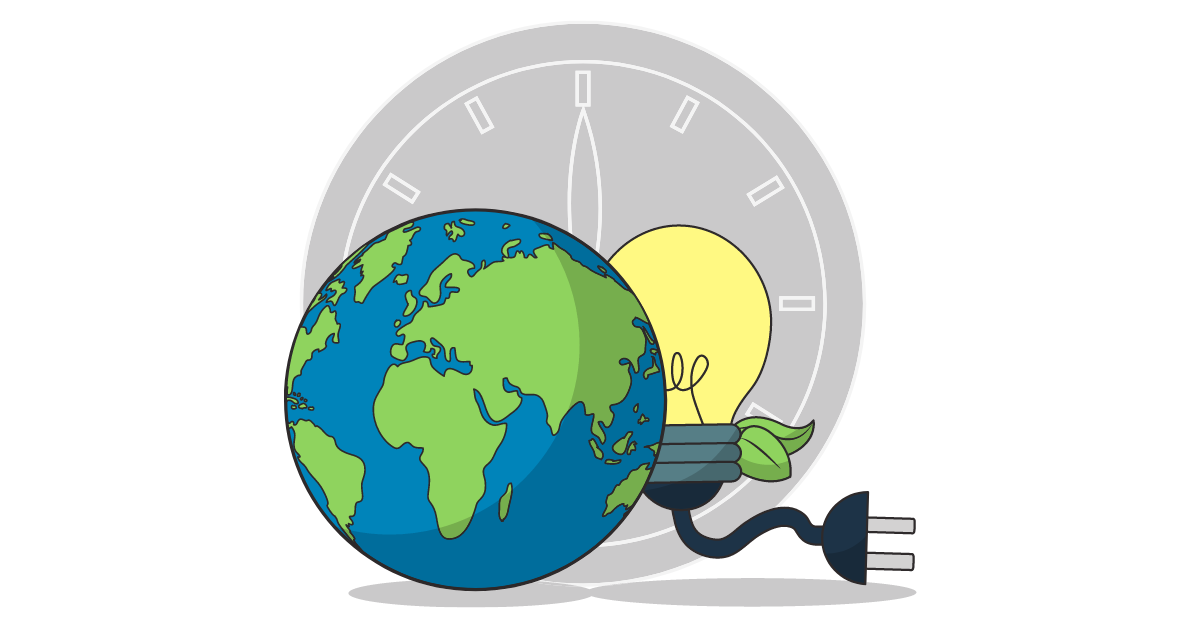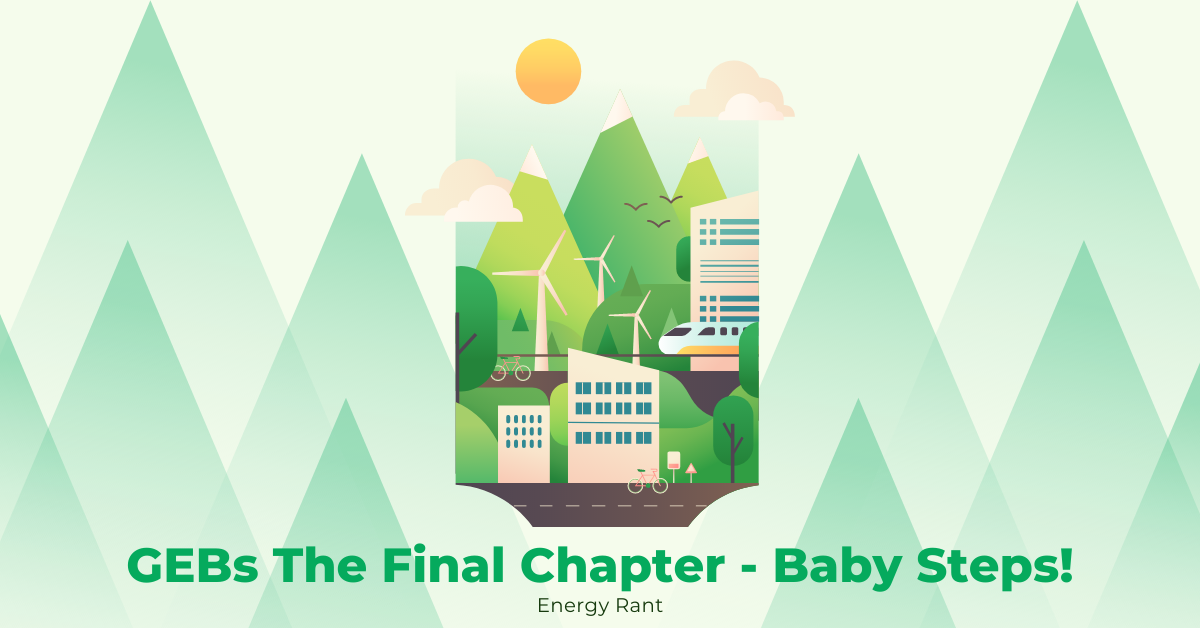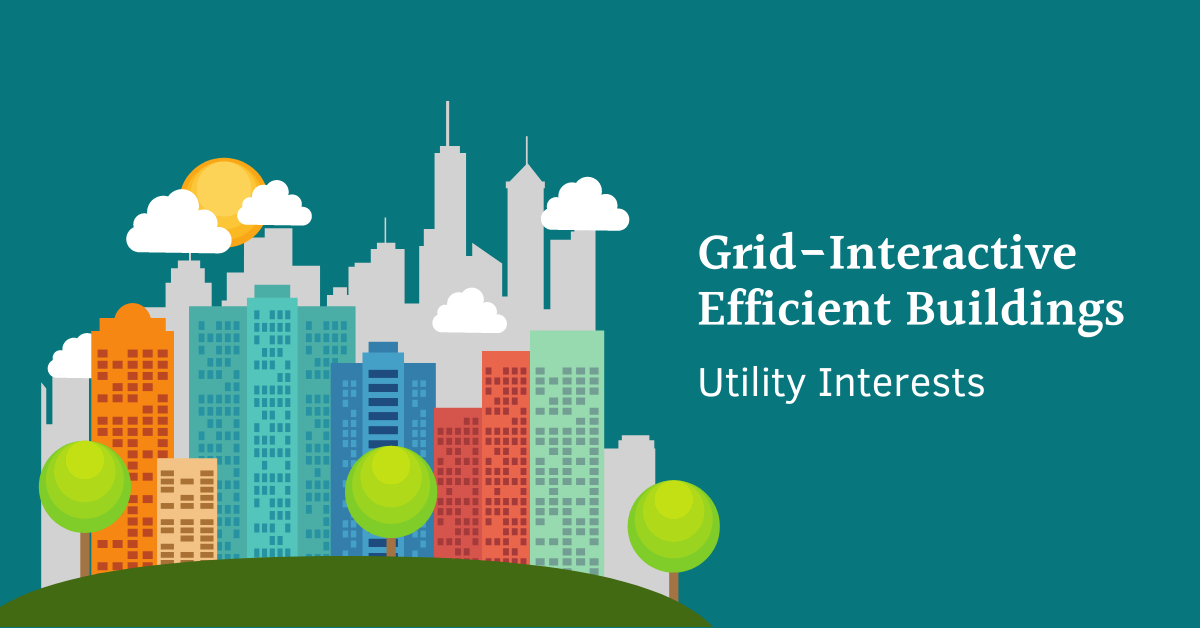
by Jeff Ihnen | Nov 29, 2022 | Energy Rant
Last week I described how net zero sounds grand, it’s easy to do, but it doesn’t work to support the transition to a clean-energy grid. The reason is that everyone, whether utilities or customers, overproduces simultaneously, and then later, customers all need energy...

by Jeff Ihnen | Oct 5, 2021 | Energy Rant
This is my sixth and final post on Grid-Interactive Efficient Buildings (GEBs), including the great interview with Doug Scott (#5) of the Great Plains Institute. This week, I will wrap up with a mishmash of items in the DOE’s GEB Roadmap. As I start this wrap-up, what...

by Jeff Ihnen | Sep 28, 2021 | Energy Rant
After several weeks of hardcore grid-interactive efficient buildings (GEBs) discussion and brutal challenges, I’m giving your brains a break this week – kind of like a shot of whiskey after weeks of drinking green protein smoothies in preparation for that marathon you...

by Jeff Ihnen | Sep 21, 2021 | Energy Rant
This week, we’re continuing our discussion on GEBs (Grid-Interactive Efficient Buildings) with our special guest Doug Scott. Doug is the Vice President of Strategic Initiatives at Great Plains Institute and is a great resource for performance-based ratemaking which is...

by Jeff Ihnen | Sep 14, 2021 | Energy Rant
This is the fourth in a series of posts on grid-interactive efficient buildings (GEBs). Here is a summary of the series: August 23 – Why GEBs? What is it, and why do it? August 31 – GEBs are difficult to achieve, beyond efficiency that should be done regardless....






